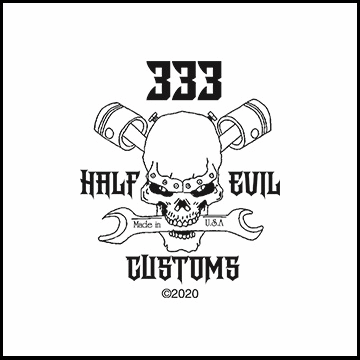|
Welcome,
Guest
|
TOPIC:
Rectifier wiring question 30 Apr 2008 16:52 #210358
|
|
Please Log in or Create an account to join the conversation. |
Rectifier wiring question 30 Apr 2008 18:18 #210370
|
|
Please Log in or Create an account to join the conversation. |
Rectifier wiring question 30 Apr 2008 19:01 #210378
|
|
Please Log in or Create an account to join the conversation. |
Rectifier wiring question 30 Apr 2008 19:04 #210379
|
|
Please Log in or Create an account to join the conversation. |
Rectifier wiring question 30 Apr 2008 20:28 #210392
|
|
Please Log in or Create an account to join the conversation. |
Rectifier wiring question 30 Apr 2008 21:00 #210396
|
|
Please Log in or Create an account to join the conversation. |
Rectifier wiring question 30 Apr 2008 22:14 #210398
|
|
Please Log in or Create an account to join the conversation. |
Rectifier wiring question 30 Apr 2008 23:35 #210411
|
|
Please Log in or Create an account to join the conversation. |
Rectifier wiring question 01 May 2008 00:16 #210412
|
|
Please Log in or Create an account to join the conversation. |




